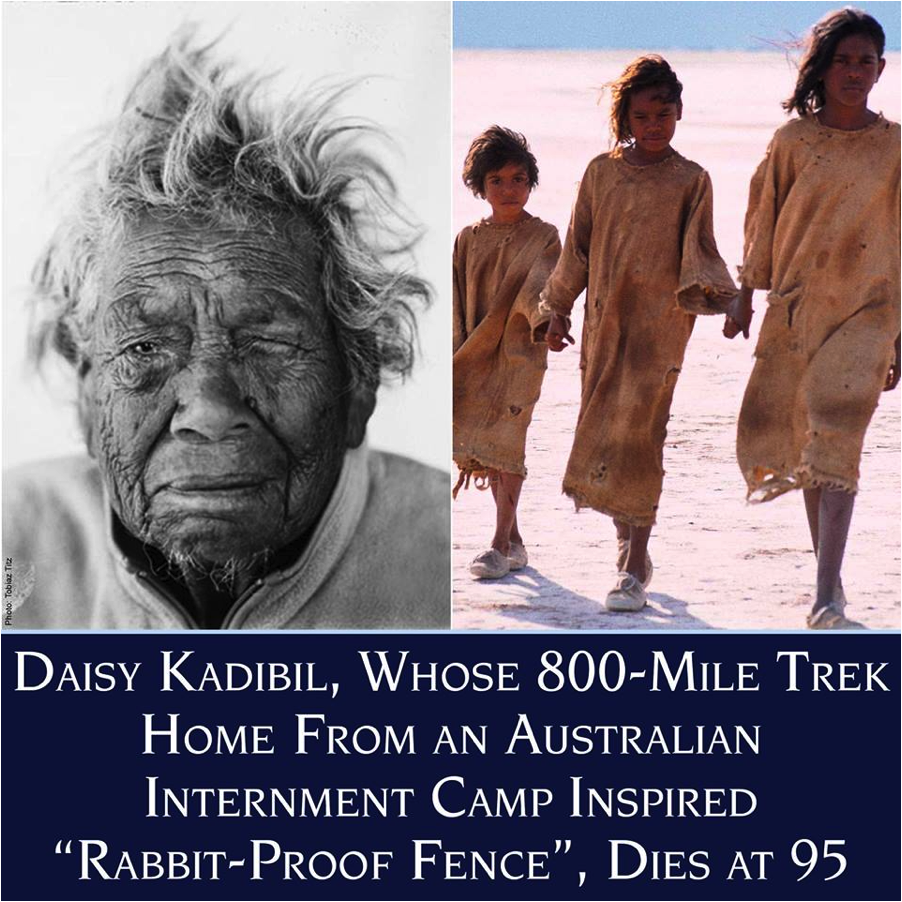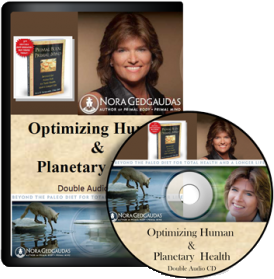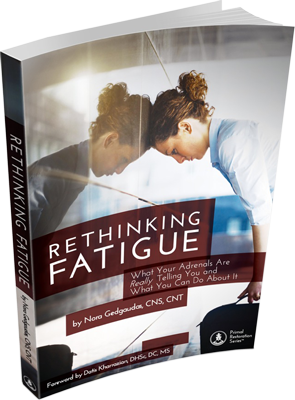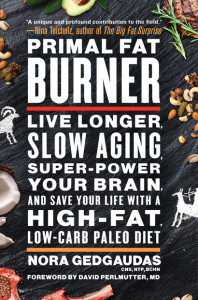
Here is an amazing story I found on Facebook today (my commentary is below):
Daisy Kadibil — who was eight years old in 1931 when she escaped from an Australian internment camp along with her 14-year-old sister Molly and 10-year-old cousin Gracie — was one of the Mighty Girl role models who passed away in 2018. The three girls’ 800-mile (1,300 km) journey through the harsh Australian desert to return home inspired a book and the acclaimed film “Rabbit-Proof Fence.” Daisy, who was the last surviving of the three, died in March at the age of 95. The extraordinary story of Daisy, Molly, and Gracie’s nine-week trek introduced many people, both in Australia and around the world, to the tragedy of the “Stolen Generation”, the tens of thousands of Australian Aboriginal children who were removed from their families between 1910 and 1970. “I come from Jigalong,” Daisy wrote in a biographical note. “They took me away but I walked all around country back to where I was born. I came back.”
After the girls were taken from their home in Jigalong, an Indigenous community in northwestern Australia, they were brought to the Moore River Native Settlement, an internment camp just north of Perth. For sixty years, many Aboriginal children, particularly mixed-race children, were forcibly taken from their families and sent to such camps with the aim of assimilating them into white Australian society. Notoriously overcrowded and unsanitary, children at the camps experienced high rates of illness and premature death. After the girls arrived at Moore River, they were determined to escape; Molly later declared “that place make me sick.” After only one night, Molly led the two younger girls out of the camp and they started a long and dangerous journey home using the country-wide rabbit-proof fence as a guide. Along the way, they had to live off the land, sleep in dug-out rabbit burrows, and evade trackers hired by the government who looked for “absconding” children.
Once they made it home, Daisy never left again; she spent many years working as a cook and housekeeper at ranches in the region, and passed on the traditions of the Martu people to her four children. Her story was virtually unknown until the 1990s, when her niece, Doris Pilkington Garimara, wrote “Follow The Rabbit-Proof Fence,” based on her mother and aunt’s experiences; Garimara had also been separated from her family and spent years at the Moore River camp. When the book was adapted into the movie “Rabbit-Proof Fence,” Stephen Holden of the New York Times called it a “devastating portrayal” of Australia’s “disgraceful treatment” of its Aboriginal population,” observing that “on the side of wrong is the Australian government, which, for more than half a century, carried out this appalling program of legalized kidnapping.” Lynne Craigie, president of the Shire of East Pilbara, where Daisy lived, says her memory will be preserved: “Daisy’s remarkable story is an indelible part of the history of the Shire…. and one that will always be shared and never forgotten.”
The movie “Rabbit-Proof Fence,” recommended for ages 10 and up, is available at https://www.amightygirl.com/rabbit-proof-fence — or you can stream it at https://amzn.to/2MyxnXf
To learn more about the book “Follow the Rabbit-Proof Fence,” visit https://amzn.to/2KxcWcJ
The practice of removing indigenous children from their homes to force assimilation occurred in various places throughout the world — Margaret Pokiak wrote two children’s books about her experience in a residential school in Canada: “When I Was Eight” for ages 5 to 9 (https://www.amightygirl.com/when-i-was-eight) and “Fatty Legs: A True Story” for ages 9 and up (https://www.amightygirl.com/fatty-legs-a-true-story).
For books for children and teens about more Native American and Aboriginal girls and women — whose stories are very underrepresented in children’s literature — check out our blog post, “A Celebration of Native American and Aboriginal Mighty Girls” at https://www.amightygirl.com/blog?p=10365
For more inspiring stories of extraordinary girls and women around the world, you can sign up for A Mighty Girl’s free weekly email newsletter at https://www.amightygirl.com/forms/newsletter
[END OF FACEBOOK POST]
My Own Commentary:
Rabbit Proof Fence is truly an extraordinary and unforgettable film that every thoughtful human being should see. The story it tells is both lamentably and rejoicingly true, and beautifully told.
It’s worthy of noting that as late as 1976, Aboriginal Australians were not only not considered Australian citizens, they were still being categorized under “Flora and Fauna.” Not even human.
Of the many blatantly apartheid practices of the Australian government, few were more egregious than the practice of abducting aboriginal children from their families for the purpose of assimilating the race into the mainstream European Australian culture, and “breeding the black out of them.”
Although we would all like to think that things are better for the Aboriginal people today, the roots of Australia’s apartheid history run deep, and a few of its pernicious tentacles still wind through official attitude and government policy.
Much of this has been updated in an exceptionally underrated, brilliant and heart-wrenching documentary by John Pilger, titled: ‘Utopia’:
https://topdocumentaryfilms.com/utopia/
Daisy actually lived an unusually long life for an Australian Aboriginal person. Far too many today are dead by 30-40 years of age as a result of entirely preventable metabolic diseases. Their state of health throughout Australia is beyond deplorable.
In 2014 I was contacted by a medical doctor in NE Arnhem Land, by the name of Kama Trudgen, who shared the plight of her community with me and wondered if I might not be willing to help contribute to her project, Hope For Health. With just two weeks left of their crowdfunding campaign, the funding project was not going well. They had only painstakingly raised $11,000 out of the $54,000 they needed to launch their lifesaving program. When I saw what they were actually doing there, I choked back tears and responded, “As God is my witness, you WILL have your money!” Over the next two weeks I worked tirelessly, calling in every favor I could think of to help get this project funded in time.
Not only did they make their goal, but they exceeded enough to expand the initial plan. Today, other aboriginal communities are taking notice of the Hope For Health program, and efforts are underway to expand it’s success to other, similar communities as well. To say that I have been any small part of this makes me proud… Deeply proud and grateful for the opportunity to participate in something so profoundly worthwhile.
If I died tomorrow and all I had ever accomplished was helping in some small way to successfully launch this worthy project, I could die peacefully knowing that my life had accounted for something meaningful.
Many of you have seen footage of this community (as well as me here and there) throughout the popular and exceptional documentary, currently on Netflix, Amazon Prime and iTunes called ‘The Magic Pill.’ You can watch the trailer and rent/buy it here: https://amzn.to/2RnGQac
As far as I am concerned, their story was the highlight of that film for me.
I wrote about the Hope For Health project on my blog in 2014 here: https://www.primalbody-primalmind.com/the-australian-indigenous-health-project/
I urge you to read my article (and watch the short accompanying video) , because it provides a lot of background to the issues that Aboriginal people throughout Australia face, particularly when it comes to their health. There was one additional follow-up blog post I did concerning this project during those final two crowd-funding weeks, as well. The comment section is especially heartening. https://www.primalbody-primalmind.com/getting-wire/
The Hope For Health project is successfully improving the health of Aboriginal Australians by (in part) helping to remind them what they knew for more than 40,000 years before Western influence decimated their otherwise extraordinary health-promoting natural diets. Today they are reclaiming their Primal Birthright (as I like to call it) by systematically restoring their traditional (mostly Primalgenic®) way of eating, while addressing the fallout from poor dietary habits. One participant has stated: “This is the first time that i have felt my body rejoicing.” – Yirraŋdjil
Although the extraordinary Hope For Health project is proving successful, it is still in need of funding and many goals have yet to be reached. If you are looking for a worthy place to make a charitable contribution before the end of the year, I urge you to consider this one.
Please donate here: https://www.hopeforhealth.com.au/donate/
“What we don’t realise in the Dominant Culture is that the system that disempowers Yolngu also disempowers us.” ~Kama Trudgen, MD
Warmly,
~ Nora




Leave a Reply